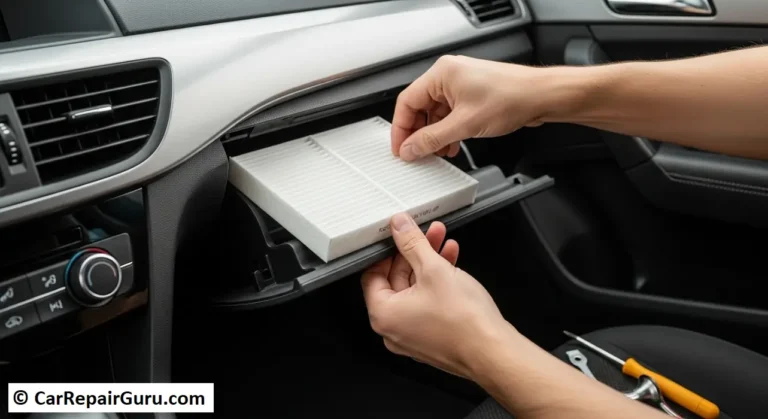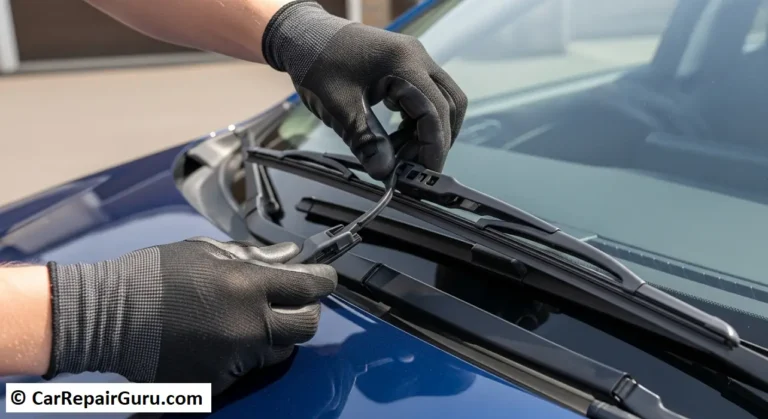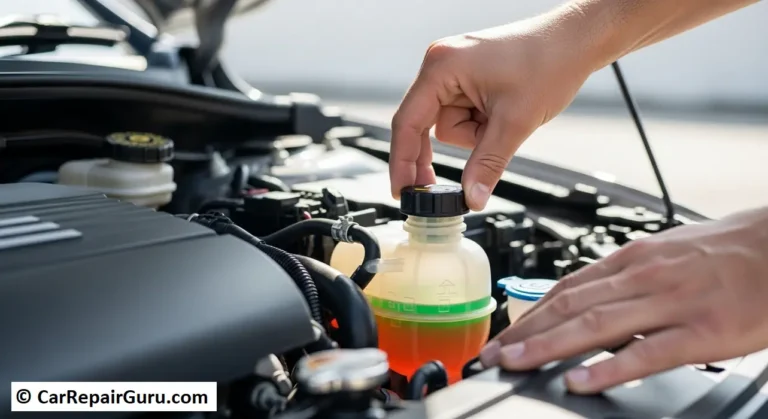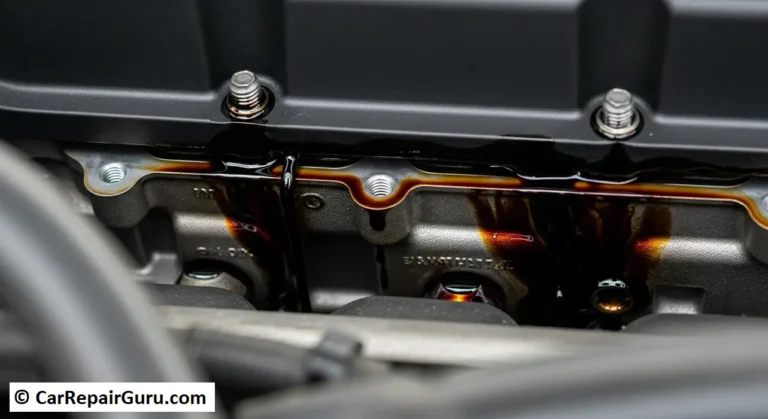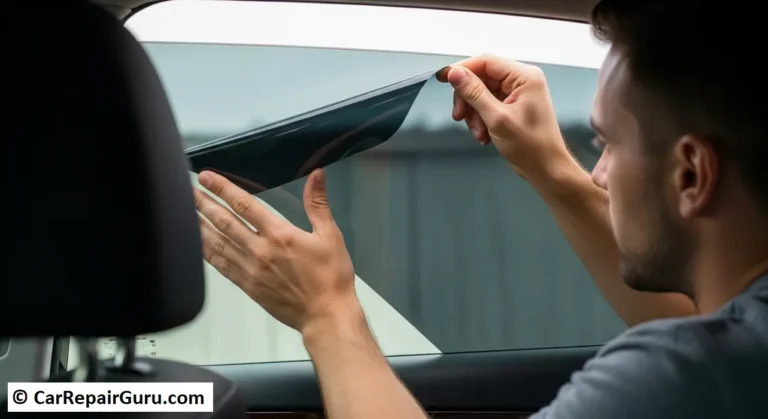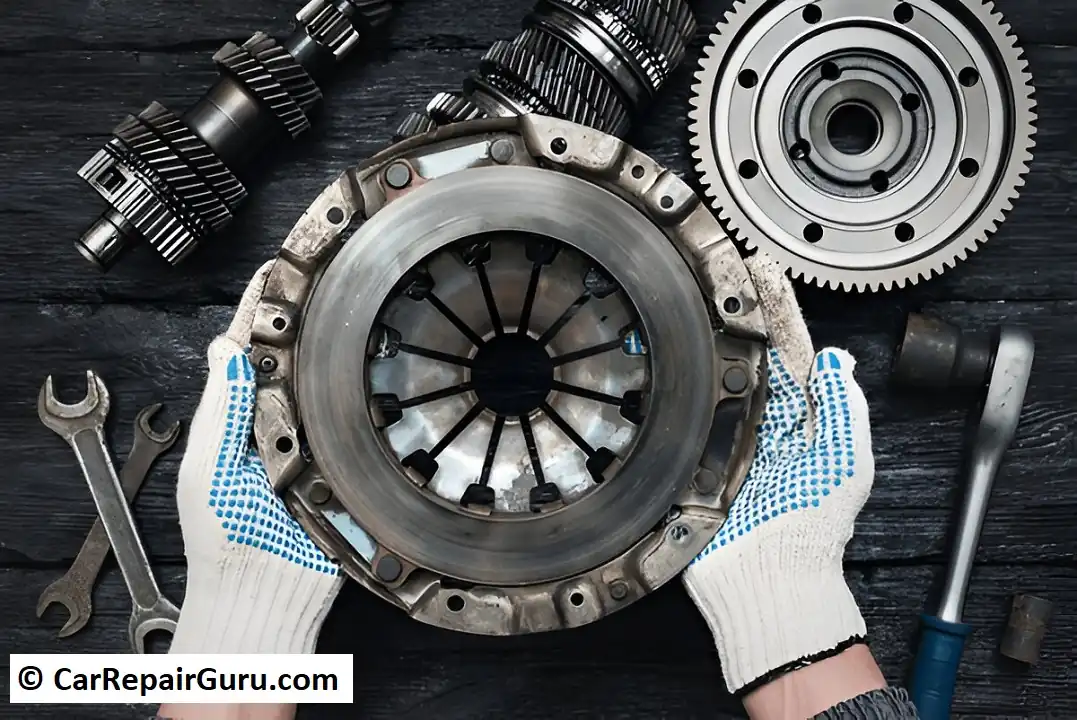
If your car’s clutch is wearing out, you might be wondering how much a replacement will set you back. Car clutch replacement cost is one of the bigger expenses car owners may face, particularly for those with manual transmissions. The cost to replace a clutch can range from $700 to over $2,000, depending on factors like the make and model of your car, labor rates, and whether other components like the flywheel need replacing.
Understanding these costs can help you budget more effectively and avoid unpleasant surprises at the mechanic. In general, expect to pay more if you have a high-end or performance vehicle, or if the job requires more complex labor. However, learning about the factors affecting clutch replacement costs, spotting symptoms early, and knowing when to act can help you potentially save time and money in the long run.
Factors That Affect CAR Clutch Replacement Cost
When it comes to clutch replacement cost, several key factors influence the total amount you’ll pay. Understanding these elements can help you make informed decisions about your repair and budgeting needs.
Labor Costs
Labor can be one of the largest components of clutch replacement costs, often ranging from $500 to $1,000, depending on the mechanic and location. Some garages in urban areas or those with specialized technicians may charge more, while smaller, independent garages could offer lower rates. Manual transmission clutch replacement is labor-intensive and requires significant time, as the mechanic typically needs to remove multiple components to access the clutch assembly. Labor costs also vary based on the complexity of the job—certain car models demand more time and expertise, which increases overall labor expenses.
Parts and Materials
The cost of parts plays a major role in determining the final clutch replacement price. For most vehicles, parts typically range from $200 to $600, depending on the type and quality of materials used. Standard clutch kits, which often include the clutch disc, pressure plate, and throw-out bearing, may vary in price based on the make and model of the car. If additional parts like the flywheel or hydraulic system need replacement, the cost could be even higher. Additionally, opting for high-performance or brand-specific parts will increase the total cost.
Vehicle Type and Model
The make and model of your car can significantly impact the complexity of a manual transmission clutch replacement. Luxury and performance vehicles generally have higher clutch replacement costs because of the specialized parts and skills required. In contrast, standard vehicles tend to have simpler, less costly clutch systems. Additionally, certain vehicles are designed with more complex assemblies, requiring more extensive labor and specialty tools, which can drive up both the labor and parts cost.
Extent of Damage
The level of wear and tear or damage to the clutch system also affects the repair cost. Minor repairs, such as replacing only one part of the clutch assembly or refilling clutch fluid, will cost less than a full replacement. However, if your clutch system has experienced significant damage—like a severely worn flywheel or damaged pressure plate—the cost for a complete clutch assembly replacement could be upwards of $1,200. Addressing issues early can help avoid extensive repairs and reduce the overall clutch replacement price.
By understanding these factors, you can approach your clutch repair with more clarity, knowing where to focus when seeking cost-effective options.
Symptoms of a Failing Clutch

Recognizing the signs of clutch failure early on can save you from costly repairs and keep you safe on the road. Here are some of the most common symptoms of a bad clutch to watch out for:
Clutch Slipping
One of the most obvious signs of a failing clutch is clutch slipping. This happens when the engine revs up, but the car doesn’t gain speed as expected. You may notice this particularly when accelerating or driving uphill. This symptom often points to a worn-out clutch disc or pressure plate, which prevents the clutch from fully engaging. Ignoring a slipping clutch can lead to more extensive (and expensive) damage to your transmission system.
Difficult Gear Shifts
If you find it hard to shift gears, especially if the gear stick feels “sticky” or resists movement, it could indicate clutch issues. A failing clutch may prevent the gears from disengaging properly, which makes shifting a struggle. Drivers of manual transmission cars often experience this problem as the clutch wears down, affecting its alignment with the transmission system.
Soft or Stiff Clutch Pedal
Changes in the clutch pedal’s feel—whether it becomes unusually soft or excessively stiff—can indicate clutch problems. A soft pedal could be caused by issues with the hydraulic system, such as a leak or air bubbles in the clutch fluid. On the other hand, a stiff clutch pedal could point to a problem with the pressure plate or clutch release mechanism. Either symptom requires prompt attention, as these underlying issues can worsen over time.
If you notice any of these symptoms of a bad clutch, consider consulting a mechanic promptly. Catching and addressing clutch problems early can prevent a full clutch replacement and keep your vehicle running smoothly.
DIY Clutch Replacement: Is It Worth Trying?
Taking on a DIY clutch replacement can be tempting if you’re looking to save money. However, it’s a complex task requiring specialized tools, mechanical knowledge, and plenty of patience. Successfully replacing a clutch means you’ll need tools like a jack and jack stands, a clutch alignment tool, and sometimes a transmission jack to handle the heavy lifting. The process itself involves removing various parts—often including the transmission—to access the clutch assembly, making this job particularly challenging for beginners.
While doing it yourself may seem cost-effective, it’s crucial to consider the risks involved. Clutch replacement is labor-intensive and time-consuming, with most professionals taking several hours to complete the job. Attempting a DIY repair without proper skills could lead to errors in reassembly, alignment issues, or even damage to the clutch system or transmission. For non-professionals, these mistakes may end up costing more than hiring a mechanic in the first place.
Safety is another important consideration. Working underneath a vehicle and handling heavy parts like the transmission can be hazardous. Without experience, there’s a higher chance of injury from slipping tools or misjudging weight distribution when lowering components.
So, is it worth replacing the clutch yourself? Unless you have solid mechanical experience, the right tools, and confidence in handling complex automotive repairs, the answer is probably no. A professional repair may have a higher upfront cost, but it provides peace of mind, a warranty, and ensures the job is done safely and correctly. For most car owners, leaving clutch replacement to the experts is a wise choice.
Cost-Saving Tips for Clutch Replacement
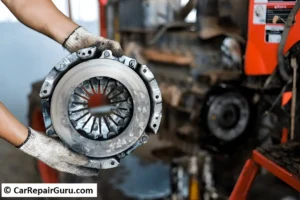
If you’re facing clutch replacement, here are some smart ways to reduce the overall costs while ensuring quality work.
Source Parts Independently
One way to cut down on clutch replacement costs is by sourcing the clutch parts independently. Often, mechanics mark up the price of parts, so purchasing your own—whether from a reputable auto parts store or online—can save money. Just make sure to buy compatible, high-quality parts for your specific car model.
Choose Certified Independent Mechanics
Opting for a certified independent mechanic rather than a dealership can save significantly on labor costs. Dealerships often charge premium rates, especially for labor, while independent mechanics can offer the same quality service at a lower price. For example, the average cost for clutch replacement by car model might range from $700 at a local shop to $1,200 at a dealership.
Regular Clutch Maintenance
Prevention is key! Basic clutch maintenance tips like avoiding excessive “riding the clutch” (keeping the pedal partially pressed while driving) and regularly checking the clutch fluid can extend your clutch’s lifespan. Routine maintenance minimizes wear and tear, potentially delaying the need for replacement altogether.
By combining these cost-saving strategies, you can reduce your clutch replacement expenses and keep your vehicle in good shape without overspending.
Conclusion: Key Takeaways for Clutch Replacement Costs
Understanding clutch replacement costs and recognizing the early signs of a failing clutch can help you avoid major expenses and keep your vehicle running smoothly. Key symptoms like clutch slipping, hard-to-shift gears, or a soft or stiff clutch pedal indicate that a replacement may be necessary. Costs vary based on factors such as labor rates, vehicle type, and the extent of repairs required, with the average cost for clutch replacement typically falling between $700 and $1,200.
Timely repair is essential, as driving with a failing clutch can lead to further damage and more expensive repairs. Opting for regular clutch maintenance and promptly addressing symptoms can help extend your clutch’s life and keep costs manageable.
If you want to avoid sudden breakdowns and costly repairs, consider checking your clutch periodically. Proper care and attention can go a long way in maintaining both your clutch and your budget.
Frequently Asked Questions (FAQ)
How much does clutch replacement cost on average?
The average cost for clutch replacement typically ranges from $700 to $1,200. This price varies depending on factors like your car model, parts needed, and labor rates at your chosen repair shop. Luxury or high-performance vehicles tend to incur higher replacement costs due to specialized parts and labor.
What are common signs that my clutch needs replacement?
Signs of clutch failure include slipping (where the engine revs without acceleration), difficulty shifting gears, unusual noises, and a soft or stiff clutch pedal. Addressing these symptoms early can prevent more extensive and costly repairs.
Is it safe to drive with a failing clutch?
Driving with a failing clutch is generally unsafe and can damage other parts of your vehicle’s transmission system. Continuing to drive in this condition may result in higher repair costs and an increased risk of breakdowns on the road.
How often should a car clutch be replaced?
Clutches typically last between 50,000 and 100,000 miles, though this depends on factors like driving habits, car model, and maintenance. Frequent stop-and-go driving or heavy use can shorten the lifespan of your clutch.
Can I save money by replacing the clutch myself?
Replacing the clutch yourself may save on labor costs, but it’s a complex job requiring specialized tools and knowledge. For most car owners, this repair is best left to a professional mechanic to ensure safe and accurate installation.
